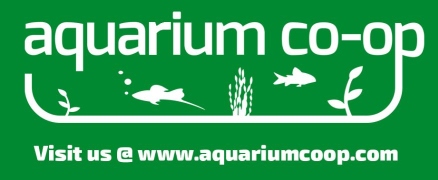mchambers
Former CCA member
My wife are considering building a pond in our backyard, and hiring a contractor to do the work. I'm wondering if anyone here has experience with any the local pond building businesses.
How they do it is dig a [big] hole, line the sides with cinderblock, put in a fabric liner, then put in the rubber liner. Throw big stones around the sides. Drop a big pump in some sort of enclosure, run a pipe/tube from it to the other side, where they've built a small waterfall.Yup. I want to see how they do it. I'm a DIYer and will end up with one eventually.
If it's not in the ground, it's not a pond.You only have to dig a big hole if you want the pond in the ground.
Thanks. For a variety of reasons, I think we're going to go with a pro. If I need a guy to dig a hole, though, I'll let you know.I've done ponds with EPDM roofing material and specialized liner. I prefer the specialized liners because they are more flexible and fall more naturally, particularly if you're going to go for a pond with some curves or you're digging in a place where some natural rock/boulders might hinder your ability to have a flat/smooth bottom. As Frank stated, it's important to rinse EPDM roofing material several times prior to using it in a pond.
Josh re-lined my parents' pond several years ago with a liner that, I believe, came from Lilypons. The pond is still going strong, although a giant yellow iris has taken over about 60% of it.
If you're just looking for someone to dig the hole and then you feel comfortable doing the rest of the work, I might know a guy... I'm not sure if he serves DC though (he's in Fredrick). He'd offered to dig a pond for us, but the equipment won't clear our fence-gate.
We don't have a big yard, so it can't be huge. So far, the best proposal has been for an 8" x 10" pond, with an irregular shape, and a small waterfall at one end.So how big of a pond are you planning on and what shape/configuration? What kind of fish are you planning on adding? Just curious.
When I made my small pond I included a bog area as the main filtration with the water pumping into the bog from the main pond and then tumbling back into the pond via a small waterfall. I'm a huge fan of bogs - they seem sort of like the matten filter of ponds, plus they give you a great place for marginal plants - as in they grow along the margins of waterways, not that they're lame plants. My bog is full of pea gravel as the bio filter and planting media , with dwarf cattails, a blue iris, pickerel rush, a small variegated rush and pennywort.
I think one of the biggest faults I see with first ponds (mine included) are not enough planning to make sure to effectively hide the linter along the edge. Also, if you plan on having the pros do your maintenance, you may not have to worry too much, but dealing with leaves, etc. can be a pain if you don't put a net over it and it is too large to easily reach into. In other words, don't build it too wide or too deep unless you plan on taking a dip a few times a year.
When I made my pond I spent a lot of time on some pond forums and there are many horror stories from ponds built by the pros, so just be careful and make sure to do your research to double check whatever they suggest.


